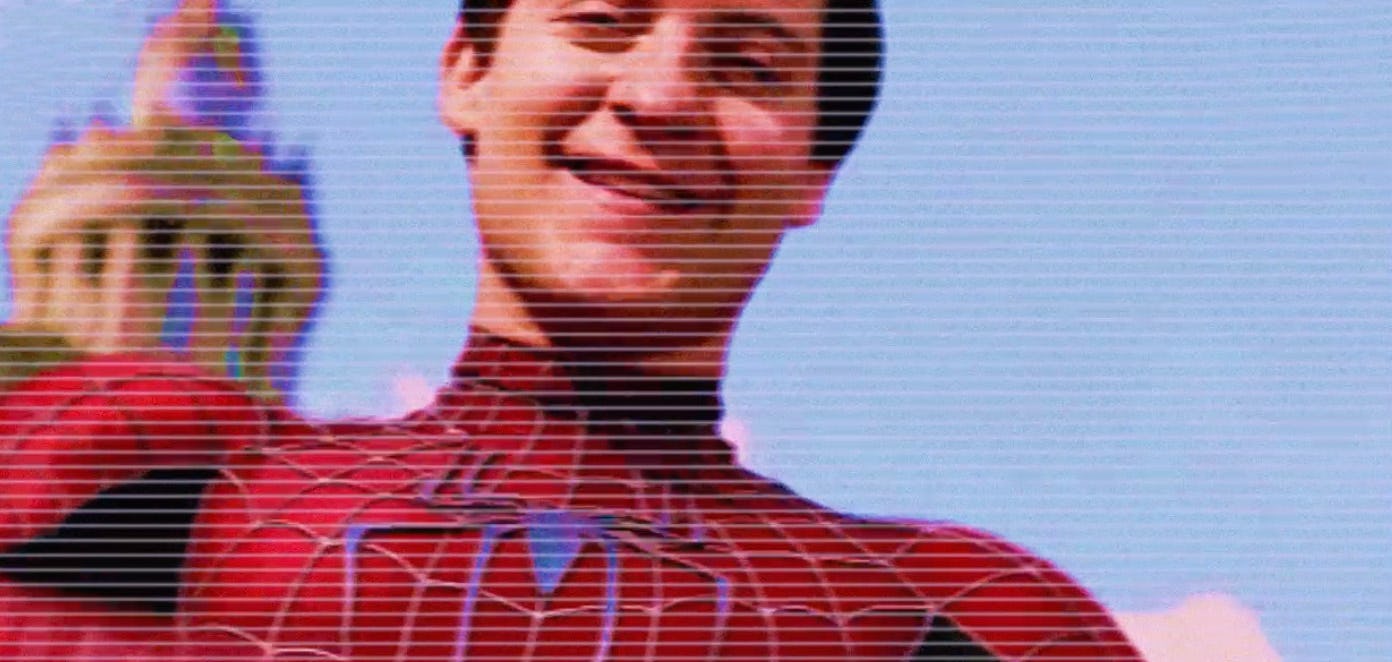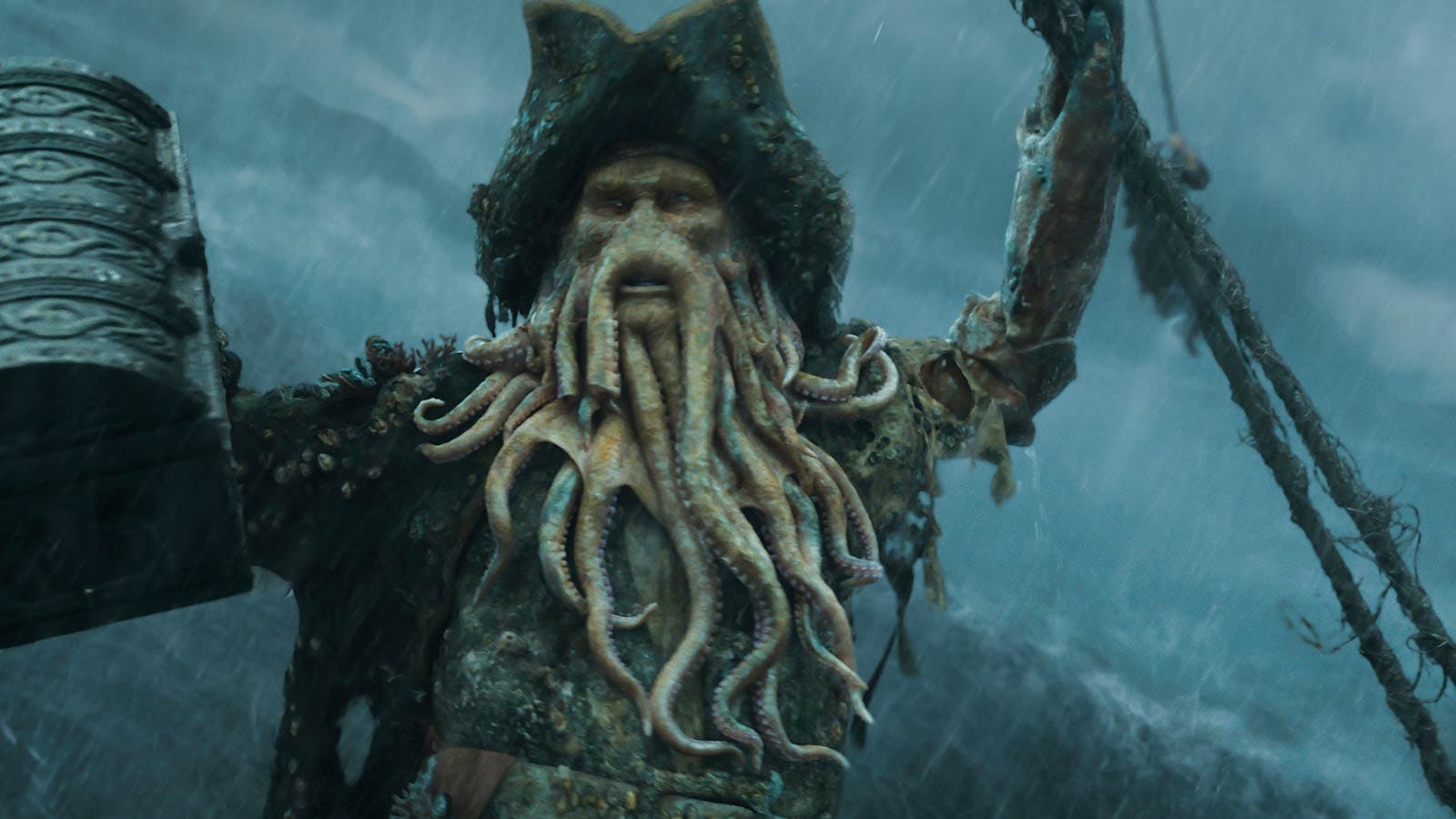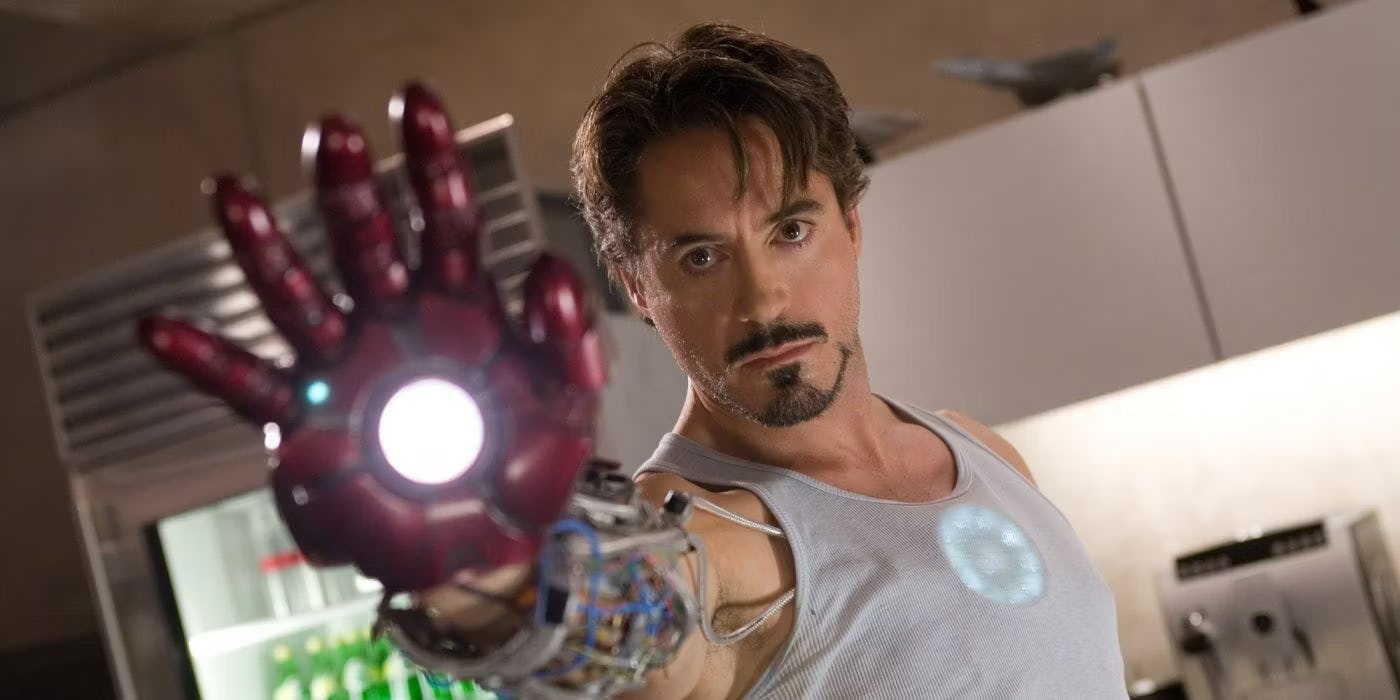
In May 2007, something weird happened. Three major franchises released the third movie in each of their respective series in the span of a few weeks:
- Spider-Man 3 swung into theaters on May 4.
- Shrek the Third made an all-star showing on May 18.
- Pirates of the Caribbean: At World’s End set sail on May 25.
These three movies would have different fates, each a direct consequence of the franchise era they ushered in. Sam Raimi’s Spider-Man saga would end with the third movie, only to be rebooted twice in the years since. Shrek would spark another main movie but ultimately pivot to spinoffs. Pirates of the Caribbean would be stretched out to five movies, with producer Jerry Bruckheimer constantly teasing another.

By the end of 2007, the top five grossing movies were all parts of larger franchises: Pirates of the Caribbean clocked in at No. 1; then Harry Potter and The Order of the Phoenix, the fifth movie in the series; followed by Spider-Man and Shrek. Finally, No. 5 was Transformers, which would go on to create an uneven cinematic universe still taking big swings to this day.
Transformers was the Barbie of its day, a brand name best known for toys and animation somehow creating a live-action adaptation that simultaneously honored the goofiness of its own existence while creating an engrossing movie world. In 2007, the “IP movie” wasn’t the industry term it is today, so it was an experiment that paid off.
For one year and one shining moment, franchises and blockbusters were in perfect synchronicity, allowing for both new and old ideas to exist in harmony. If 2007 wasn’t the best year for blockbusters, it was undoubtedly the last great year for them.

While proven franchises may have dominated the charts, below them were plenty of other successes, especially in the world of genre film: I Am Legend, 300, and National Treasure: Book of Secrets all cracked the top 10. Not every experiment paid off, however. The Golden Compass may have garnered more than $300 million worldwide but a poor showing in the United States dashed hopes for the rest of the trilogy. In 2007, franchises could be born and fail without derailing a huge master plan.
Basically every genre that is now usually resigned to streaming performed well that year. Superbad and Borat both set the bar for raunchy comedies. Ratatouille, The Simpsons Movie, and Bee Movie were all animated successes at the box office that live on through popular memes. Even the live-action musical had a strong showing with Enchanted, Hairspray, and Sweeney Todd.
However, the most notable trait of 2007 wasn’t what movies were released but what movies were not. It was the last year before Marvel would redefine the blockbuster as we know it with 2008’s Iron Man and bring the term “cinematic universe” into the vernacular. (2007 was also the year before The Dark Knight burst onto the scene and made a billion dollars worldwide, resetting expectations for the superhero genre.)

If blockbusters are a balancing act, 2007 was the year that everything seemed to align on both sides. Studios found a way to get audiences coming back for more, and audiences were able to see more of the worlds they loved. Box office experiments had room to fail, but if they succeeded, they could launch something bigger than everyone imagined.
We may not be able to recapture that magic in a time where many movies don’t get a theatrical release at all, but at least we can look back at what was: a true melting pot of everything, from every genre, and the last gasps of variety before “success” was redefined to mean something more homogenous.







